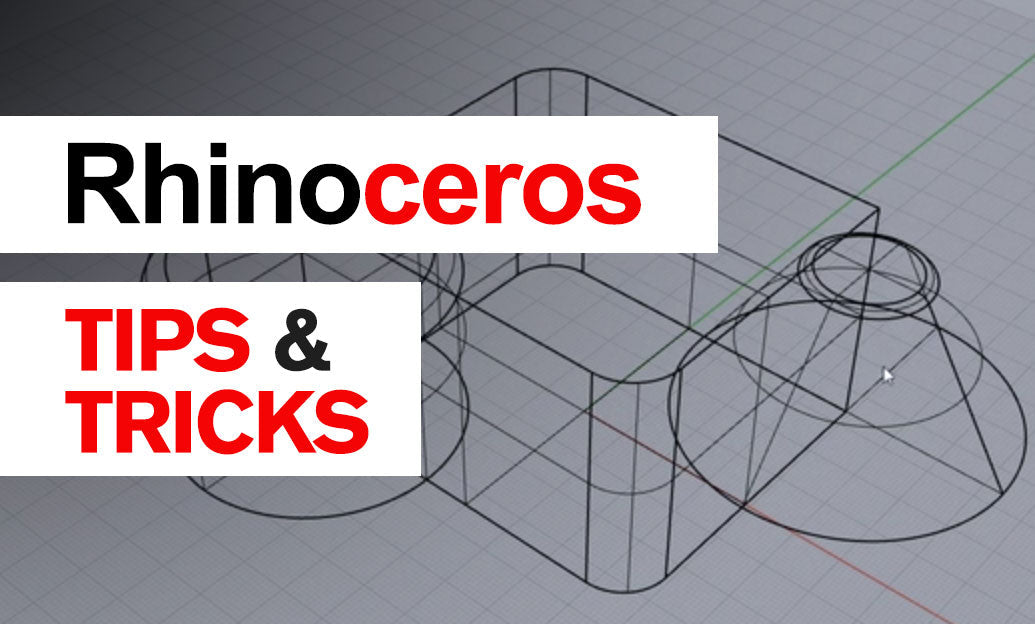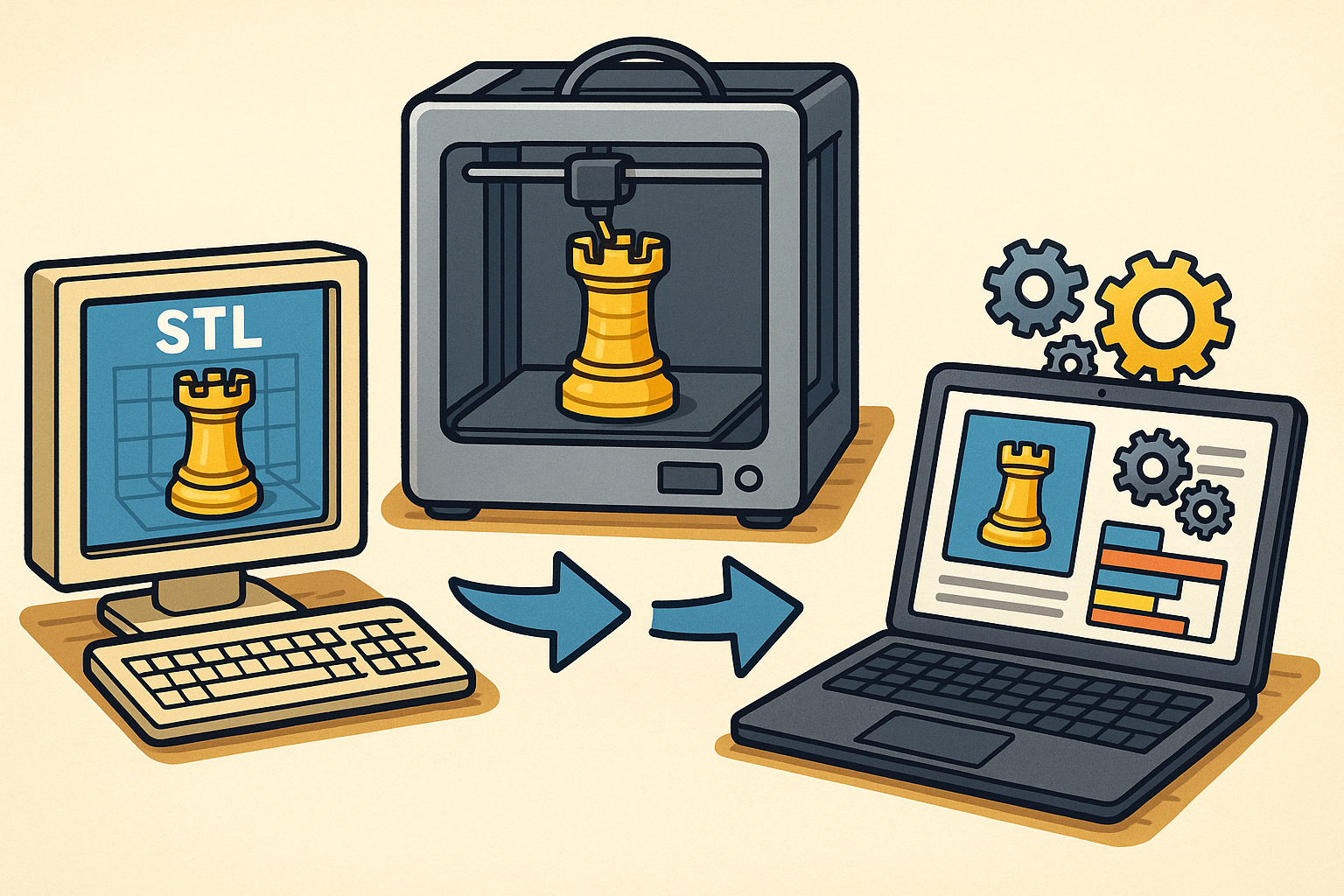Your Cart is Empty
Customer Testimonials
-
"Great customer service. The folks at Novedge were super helpful in navigating a somewhat complicated order including software upgrades and serial numbers in various stages of inactivity. They were friendly and helpful throughout the process.."
Ruben Ruckmark
"Quick & very helpful. We have been using Novedge for years and are very happy with their quick service when we need to make a purchase and excellent support resolving any issues."
Will Woodson
"Scott is the best. He reminds me about subscriptions dates, guides me in the correct direction for updates. He always responds promptly to me. He is literally the reason I continue to work with Novedge and will do so in the future."
Edward Mchugh
"Calvin Lok is “the man”. After my purchase of Sketchup 2021, he called me and provided step-by-step instructions to ease me through difficulties I was having with the setup of my new software."
Mike Borzage
Rhino 3D Tip: Maximizing Modeling Efficiency with the Create Regions Command in Rhino 3D
April 23, 2025 3 min read

Maximizing efficiency in Rhino 3D often comes down to effectively utilizing its array of powerful commands. One such tool is the Create Regions command, which allows you to transform overlapping or intersecting curves into distinct, closed regions ideal for advanced modeling tasks. Whether you're working on architectural layouts, intricate patterns, or detailed product designs, mastering this command is essential. Here are some tips to help you make the most of the Create Regions command:
- Preparing Your Geometry: Before using the Create Regions command, ensure that all your curves are accurately drawn and properly intersect each other where intended. Use snapping tools like End, Mid, and Intersection to achieve precise connections. Clean geometry minimizes errors during region creation.
- Organize with Layers: Utilize Rhino's layer system to organize your curves. Assign different sets of curves to separate layers based on their roles in the design. This allows you to easily toggle visibility, making it simpler to focus on specific parts of your model when creating regions.
- Understanding Command Options: When you invoke the Create Regions command, pay attention to the options available in the command line. Options like Select All or Preview can significantly impact how the regions are generated. Experiment with these settings to find what works best for your project.
- Selecting the Right Curves: Be strategic in selecting curves for region creation. You can select all curves in your workspace or only those that are necessary for the specific regions you want to create. Selecting unnecessary curves can lead to unwanted regions and complicate your model.
- Reviewing the Results: After the regions are created, take the time to inspect them. Use the Zoom and Pan tools to closely examine the edges and corners. Ensuring that the regions are properly closed and accurately represent your intended design is crucial before proceeding to 3D modeling steps.
-
Combining with Other Commands: Once you have your regions, you can seamlessly integrate them with other Rhino commands. For instance:
- Extrude Planar Curve: Turn your 2D regions into 3D objects by extruding them along a vector.
- Boolean Operations: Use regions to create complex shapes through union, difference, or intersection operations.
- Planar Surface: Generate surfaces directly from your regions for further surface modeling.
- Managing Complex Designs: In projects with a high level of detail, utilize grouping and naming conventions for your regions. This practice enhances model organization and makes it easier to navigate large projects.
- Leveraging Shortcuts: Speed up your workflow by learning keyboard shortcuts associated with the Create Regions command and related tools. Customizing shortcuts through Rhino's options can further optimize your efficiency.
- Utilize Help Resources: Rhino offers extensive help documentation and tutorials. If you encounter difficulties or want to explore advanced functionalities of the Create Regions command, refer to these resources.
By incorporating these tips into your workflow, you can effectively harness the power of the Create Regions command in Rhino 3D, leading to more precise models and a more streamlined design process.
For more insights, professional tips, and access to the latest Rhino tools and plugins, visit NOVEDGE. NOVEDGE offers a comprehensive selection of software solutions to elevate your 3D modeling projects.
Stay tuned for more expert tips to enhance your Rhino 3D proficiency!
You can find all the Rhino products on the NOVEDGE web site at this page.
Also in Design News

Design Software History: From STL to Manufacturing OS: The Evolution of Additive Manufacturing Software
December 21, 2025 14 min read
Read More
Heat-Treatment and HIP Simulation in CAD/PLM: Turning Post-Processing into a Design Variable
December 21, 2025 12 min read
Read More
Cinema 4D Tip: Cinema 4D: Export Multi‑Layer OpenEXR for AOV‑Driven ACES/OCIO Compositing
December 21, 2025 2 min read
Read MoreSubscribe
Sign up to get the latest on sales, new releases and more …


